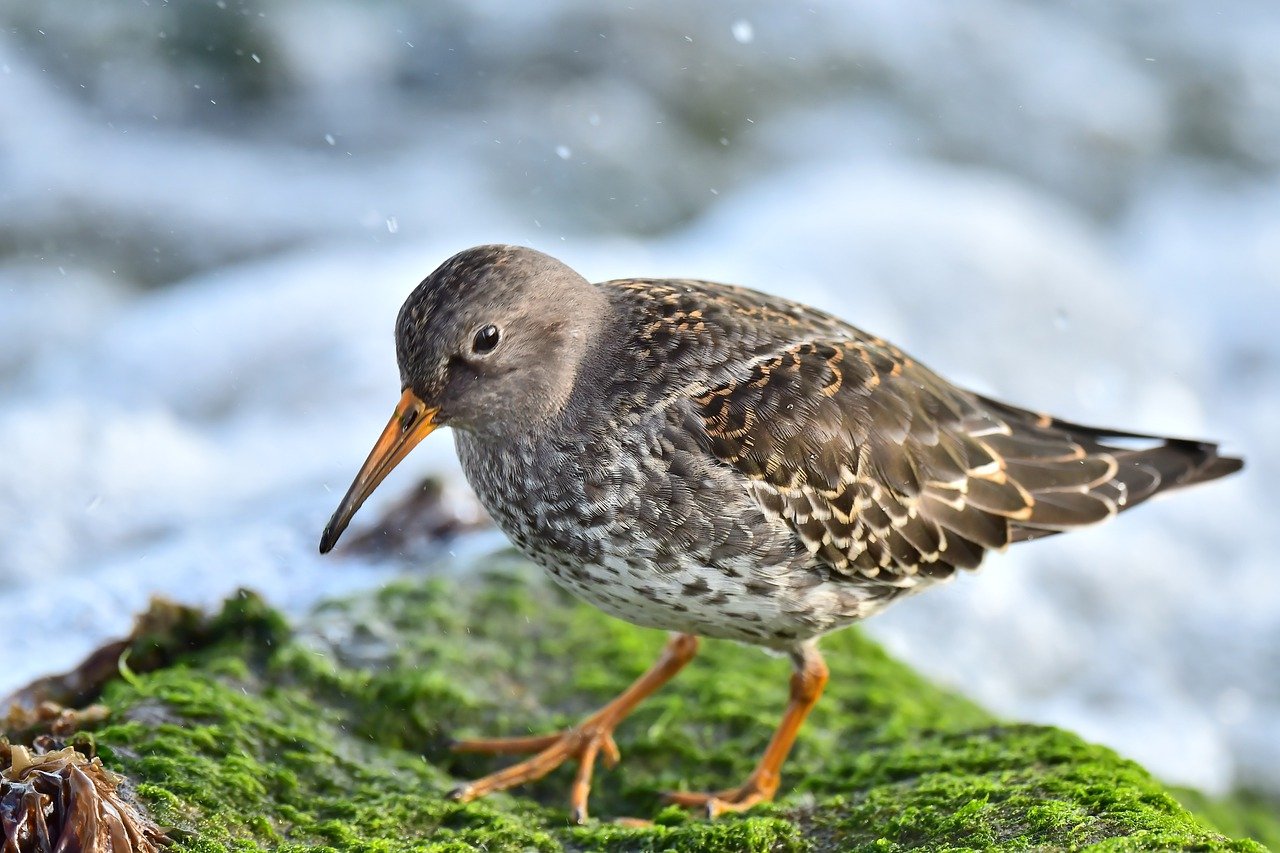Häckningsbiologin hos skärsnäppa Calidris maritima på Hardangervidda, södra Norge
DOI:
https://doi.org/10.34080/os.v21.22606Nyckelord:
kullstorlek, föräldravårdnad, häckningstider, botäthet, häckningsframgångAbstract
Breeding Purple Sandpipers Calidris maritima were studied within an area of approximately 32 km2 on the Hardangervidda, southern Norway during 1978 to 1986. The minimum average density was 1.0 pairs per km2 in 1984. Clutch sizes were 3–4 (mean = 3.74), and egg sizes were small, reflecting the small size of the females compared to other populations. Hatching was in late June and clutch survival was 75%. The eggs in one nest were believed to have been trampled by a Reindeer. Chick growth was described for two broods. Broods were mostly attended by males. Only 8% (2 of 24 broods) were attended by females. Adult masses declined during the breeding season, supporting the theory that brood desertion by Arctic-breeding sandpipers could be related to loss of condition in the breeding adults. However, females, who usually desert the brood, did not decline in mass any faster than males. Birds from one pair were faithful to mate and site; the birds wintered apart (the female was seen in winter) and the pair re-united on the breeding territory.
Nedladdningar

Downloads
Publicerad
Referera så här
Nummer
Sektion
Licens
Copyright (c) 2011 Rab Rae, Mike Nicoll, Ron Summers, Stuart Rae, Keith Brockie

Det här verket är licensierat under en Creative Commons Erkännande 4.0 Internationell-licens.
Författaren/författarna innehar copyright för varje enskilt bidrag, men samtliga bidrag är publicerade under en Creative Commons-licens, så att vem som helst kan dela och återanvända bidraget förutsatt att copyright-innehavaren erkänns.







